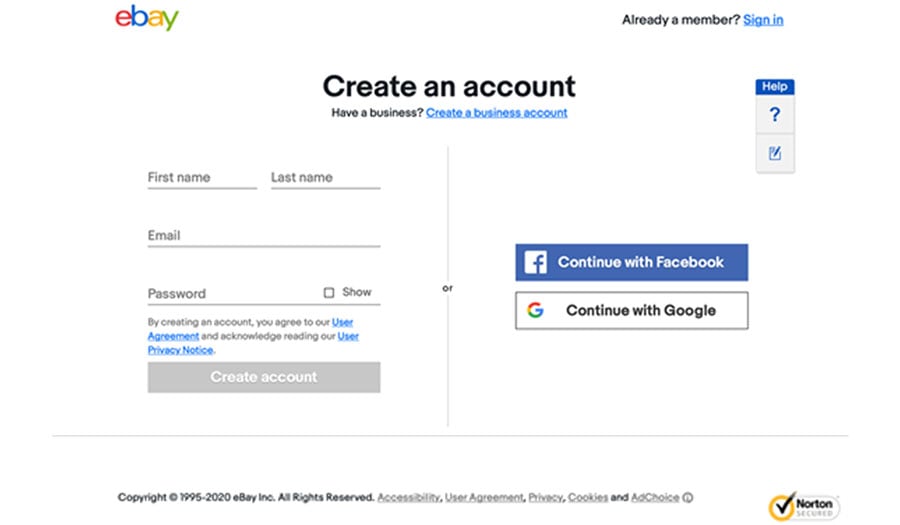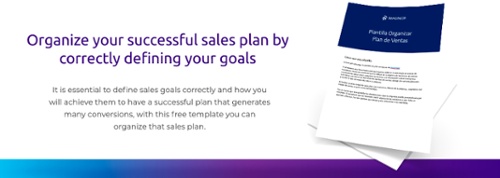1 min read
Process optimization for a successful digital transition
Index: Introduction: Do you recognize optimization as a process? Lean Management and the elimination of MUDAS The importance of efficient...
5 min read
Por Esteban Cordero | Mar 25, 2020
One of the most immediate and high impact eCommerce strategies to increase online sales is to optimize the payment process. This can be achieved by understanding the process to be automated, correctly choosing the payment platform to use, and creating the necessary integrations for this process, such as billing, inventories and shipments.
The following are 4 key factors to achieve a better purchases conversion in your eCommerce: processes, speed, trust and value.
1. Process
Companies must know the purchasing process of their clients. It is recommended to use a methodology such as As-Is / To-Be Analysis, this methodology draws the current purchase and payment processes of your customers (As-Is) and defines the new optimized processes (To-Be). It is also recommended to use the Customer Journey Map or SIPOC.
2. Trust
Let's go back to a traditional shopping example. Imagine you are buying from a merchant at city downtown in the open air. Do you feel completely safe handing over your credit card information to this merchant? What if they can't provide a receipt or if there are no signs indicating which cards they accept or their credit card policies? Worse yet, what if you have heard from several people that this merchant is unreliable? I am sure most people would hesitate to complete this purchase regardless of how easy it is.
Trust is further reduced for online shoppers because the process is not as transparent as an offline transaction. Once you enter all your personal and confidential information, you will probably wonder where it is xgoing and who has access to it.
Solving trust issues
Fortunately for online stores, calming the worries of online shopping is easy enough. First thing to have in mind, customers will be on high alert if their e-commerce site seems out of date, with a user-friendly interface and unprofessional design. If this is the case, consider hiring design services to revamp your look, enhance your website with design effects, and focus on updating usability.
Optimized Registration and Security Certificates
Strengthen consumer trust with visible security certificates. Some popular security certificate alternatives are Verisign, BuySafe, GeoTrust or McAfee, these certificates will show visitors that your site is a safe place to do business. Be sure to provide clear links to your company's privacy policy, shipping policies, and frequently asked questions (FAQs) within the one-page checkout screen.
Furthermore, optimizing the language you use in calls to action within the checkout process can go a long way in increasing the level of trust customers have with your website. See below how eBay increases trust with its security options:

eBay increases consumer confidence by offering additional registration options. In addition to the standardized account creation option, customers are offered the option of creating an account by registering with their Google account or creating a business account.
Use a product review / testimonial system
According to a HubSpot study, 78% of Internet users do product research online before buying. Customers like to research their peers, social groups, and past buyers before making a purchase decision.
Build trust and provide peace of mind to even the most critical customers by enabling a product review / testimonial system on your website. Invite your customers to provide not only product reviews, but also testimonials about their experience with your company.
3. Speed
There are two ways to consider speed within the payment process. One involves the overall speed of the site and the page load times. We've seen conversion rates increase with every second that is removed from your page load times. The other way refers to the speed at which a customer can successfully complete the payment.
Site speed and page load times
Speed affects your eCommerce site, whether you realize it or not. Conversion rates, SEO, customer experiences, and sales are directly affected by site speed and page load times. According to HubSpot:
Site speed and page load times are a crutial component of any eCommerce strategy and can benefit your SEO. Slow speeds and excessive load times drives away customers from visiting your website and even more from paying for and buying your products.
The last thing you want is for customers to browse your website, access the checkout page, and then realize that the checkout process is taking too long. To avoid losing customers this way, optimize your site speed and page load times for desktops and mobile devices so customers stay satisfied.
Speed upon successful completion of payment
Online shoppers are impatient. When they have selected the products they want to buy, they don't want to waste time making many registrations or completing unnecessary data.
For example, if you were buying from a mall, you would first choose a product, then you would test it and consider the price versus value before making a purchase decision, once you went through the entire buying process and decided buying it, there is still a chance that if you go to the cashier to complete the payment and it is completely full, you may decide to leave the store without buying anything just because you have no time to lose.
In the online world, this situation is equivalent to taking a customer to the checkout and then bombarding them with too many steps, which requires creating an account and requesting too much information. Many sites do not take advantage of technology to automatically fill in fields that the customer has already completed or based on information already provided.
Did the customer provide zip code? Focus on processing the payment first and then confirm address and postal code details in the shipping step. If customers observe that payment process and move away from their possible purchase, you must streamline your payment process in the eCommerce.
Successful payment experience on a page
There is no magic number for the acceptable amount of steps within a payment process. Depending on your industry or the type of product you sell, this could vary, the important thing here is that your strategy is defined by a process that has been previously analyzed and has been tested with your customers on a monthly basis.
Help customers go through the checkout process by automatically completing the information by providing online validation. With online validation, customers won't have to get to the end of the process before being told that they entered too few digits in their credit card information, a notification appears as soon as they fill out a field alerting them of errors.
Showing a payment progress bar helps customers see the light at the end of the tunnel and predict how much longer the payment will last, making the process feel structured and less uncertain. Avoid asking commercial/segmentation questions of clients during payment. Just request the necessary information.
4. Value
Most likely, your company has done a great graphic job with the catalogs and photos of its products in your eCommerce and possibly has features that allow your customers to buy the most popular and best reviewed products. These features in your eCommerce increase customers' desire for your products.
Increase perceived value
Customers would be willing to go through a not so satisfactory shopping experience if they perceive what they want to acquire as valuable, that is why the value that we give customers of our products becomes one of the most important aspects in the payment process.
Achieve higher conversion rates by clearly showing customers your Unique Value Proposition (UVP) during checkout. Let's say your UVP is "Free Shipping". If you can't promote free shipping for every order, be sure to remind customers, in the one-page checkout process, how much more they must spend to qualify for free shipping.
Offer Discounts and Promotions
Show great value by offering discounts and promotions. The integration of discounts within the checkout process is where customers really see the value.
Provide to customers promotional codes or discount coupons in the checkout process. Once these promotion codes are used, the messaging that indicates how much the customer has saved on a purchase is automatically activated.
Send a message showing the time period or expiration date. When customers feel like they are going to miss a deal by waiting, they are more likely to complete the payment rather than go somewhere else to compare prices.
Final Considerations
Overall, the payment process has evolved relatively little over time. Since the information that e-commerce sites need to complete a digital transaction remains the same, all payment forms require more or less the same information.
Reduce shopping cart abandonment and increase conversion rate on a checkout page by improving speed, increasing trust, and promoting value. Create a unique strategy for your online business by including these 3 emotional triggers.
If you have additional questions and concerns or would like more information on how to optimize the payment experience, please contact us using the form below. We will be happy to help!
Execution Tips:
- Review the purchasing processes of other companies, that will help you see trends in the information they use and can make quick adjustments to your site.
- Use the basic functionalities of Magento Commerce, or other proven systems. This will ensure you use a form that conforms to industry standards.


1 min read
Index: Introduction: Do you recognize optimization as a process? Lean Management and the elimination of MUDAS The importance of efficient...

Currently, we live in a world of constant evolution, and when it comes to this topic, one of the most significant changes in recent times is the...

The end of the year holidays are times that brings with them a big boost in consumption, and as a consequence of this, most retail companies prepare...